Rhinoplasty

Hump Nose
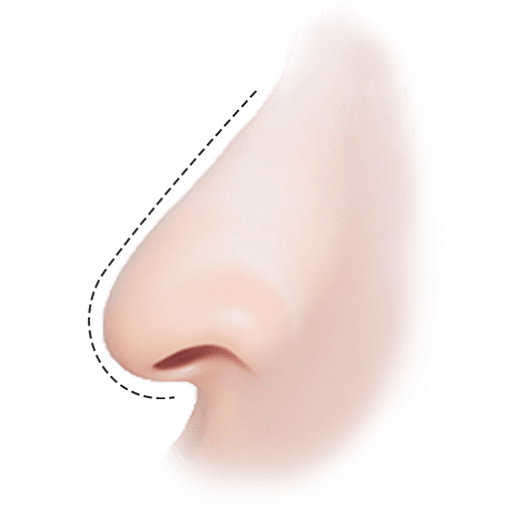
Long Nose
(Hooked Nose)
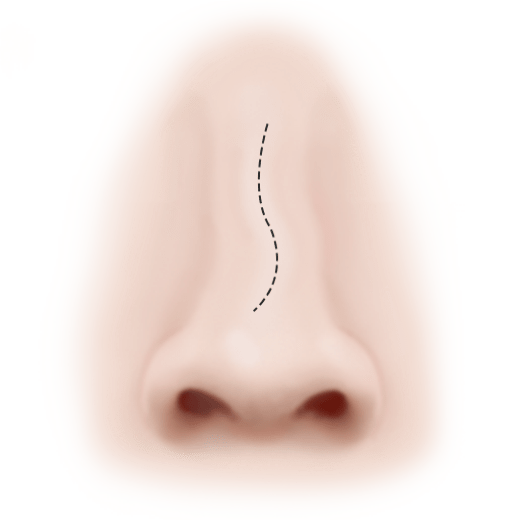
Crooked Nose
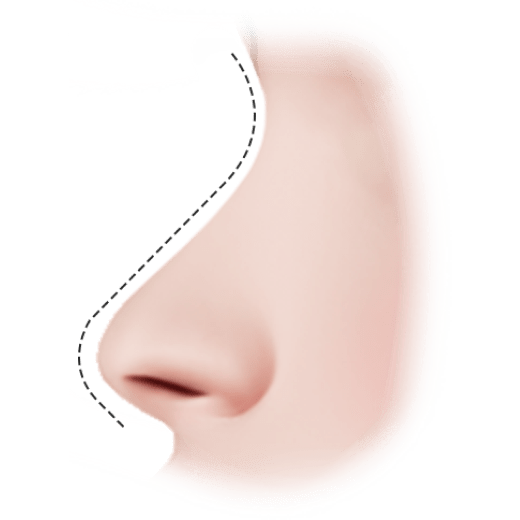
Flat Nose

Bulbous Nose
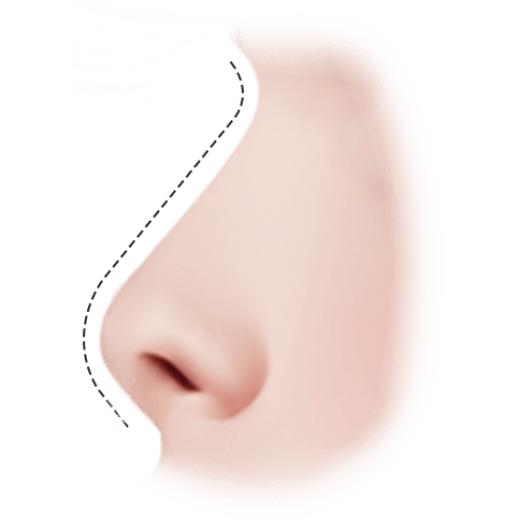
Short Nose,
Upturned Nose
Nose Types and Rhinoplasty
greatly affects one’s impression even with subtle changes,
so surgical methods should be tailored to each individual’s facial structure and nose type.
At 345 Plastic Surgery, we specialize in creating well-balanced,
three-dimensional, and aesthetically pleasing noses by studying the ideal height and shape in harmony with the face.
Rhinoplasty
Nose Types
Facial Harmony
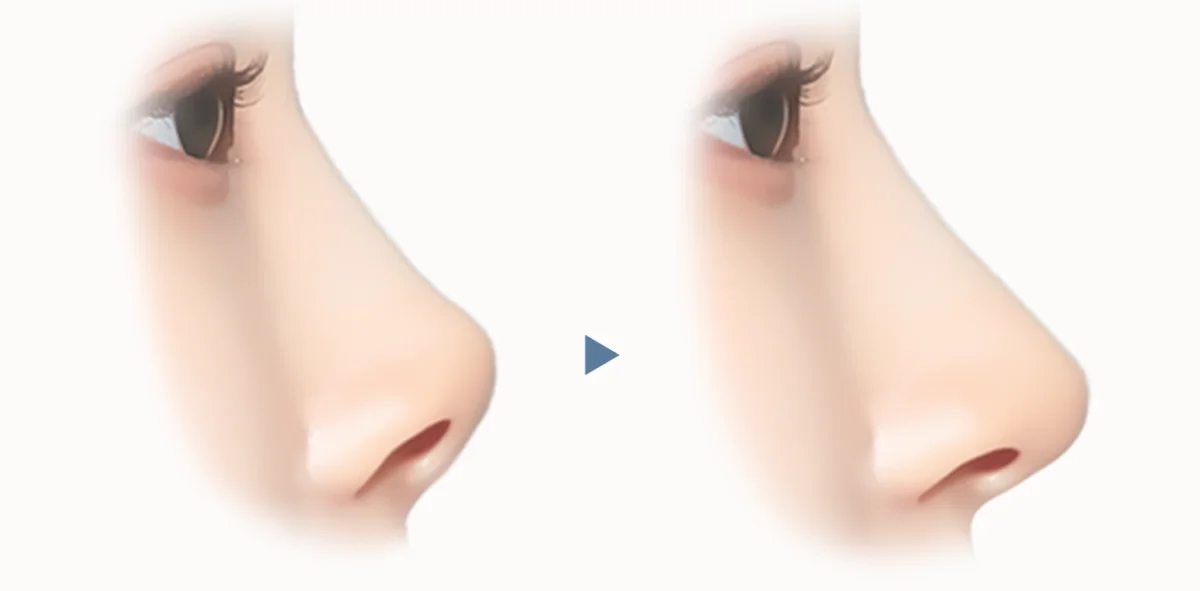
Short Nose and Upturned Nose Rhinoplasty
for a Natural Nasal Tip
At 345 Plastic Surgery, we perform short nose / upturned nose correction to lengthen the nose and improve the upturned appearance naturally.
First, Natural Results
Naturally elongates the nose without damaging the surrounding skin.
Second, Customized Design
Designed to harmonize with the patient’s facial shape and nasal line.
Third, No Foreign Body Sensation
Uses autologous cartilage grafts to avoid foreign body sensation.
Nose Type 04
Short Nose and Upturned Nose Rhinoplasty
A short nose or upturned nose is when the nose appears short and the nostrils are excessively visible. This occurs when the angle between the columella and the lips exceeds 110 degrees, requiring the elongation of soft tissues and the nasal tip to restore natural proportions.
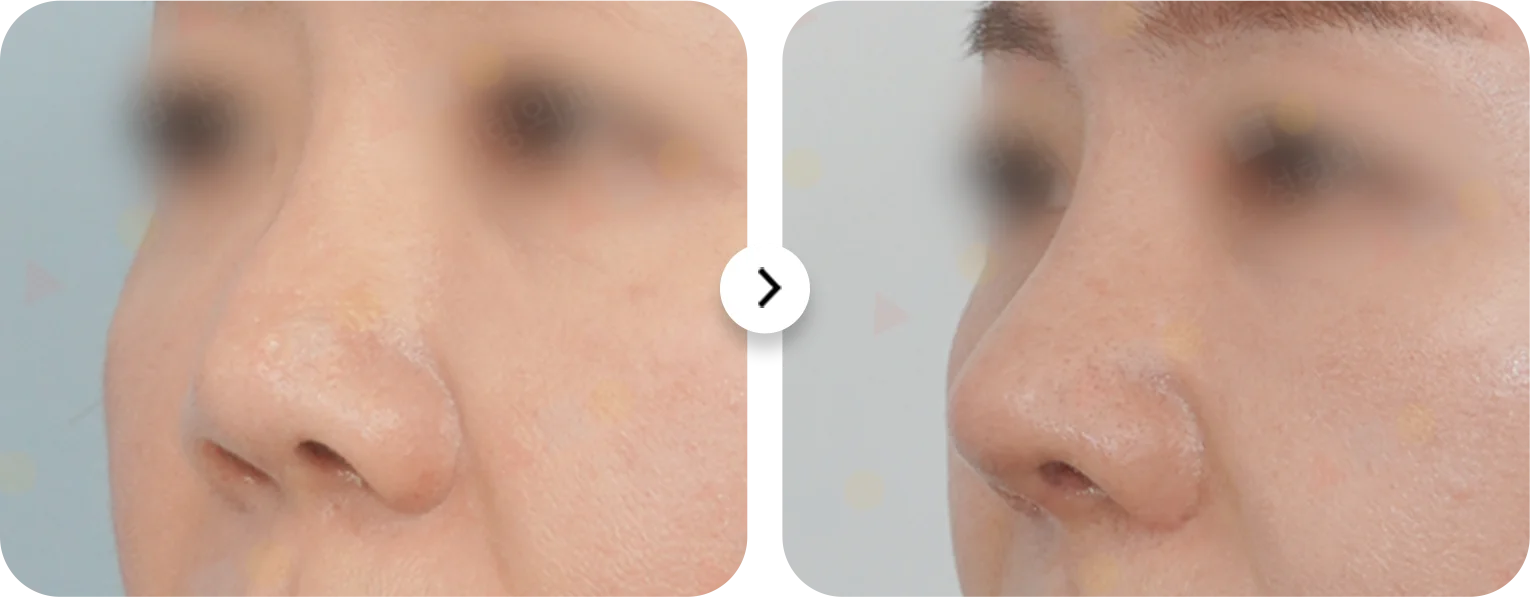
345 Youtube
Watch the Video on
Nose Types and Rhinoplasty
Dr. Song Insu, a rhinoplasty specialist, explains the surgical techniques and precautions for low nose correction.
345 YouTubeNose Plastic Surgery Process
Short Nose / Upturned Nose Rhinoplasty Process
at 345 Plastic Surgery
by a highly experienced rhinoplasty specialist.
Case
01
Septal Cartilage Extension
When autologous tissue alone is insufficient to extend the nose, septal cartilage or autologous cartilage grafts are used to adjust the nasal length. This technique allows precise positioning of the nasal tip to achieve the ideal length.

Before
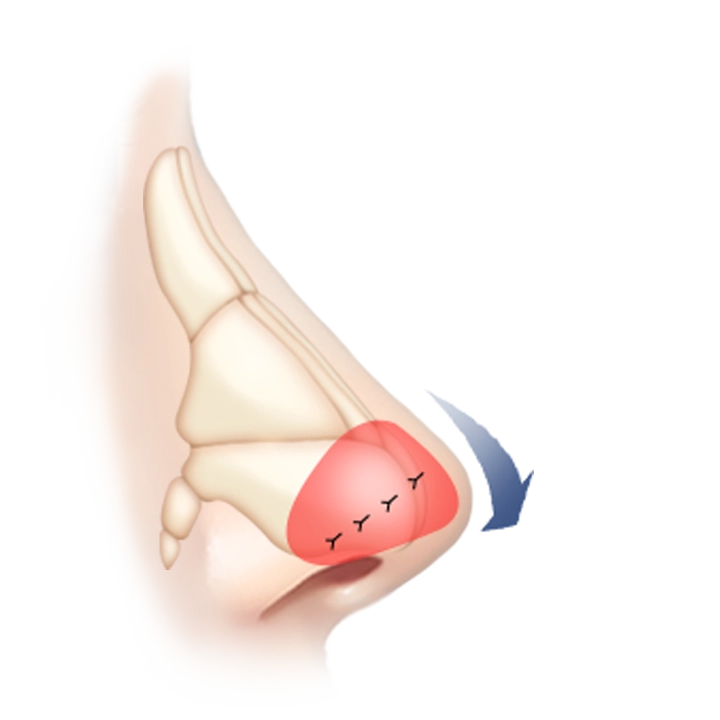
After
Case
02
Alar Cartilage Repositioning
A drooping columella can increase nostril exposure, making the alar base appear lifted. When drooping of the lower alar cartilage causes this, repositioning and fixation of the cartilage corrects the appearance.
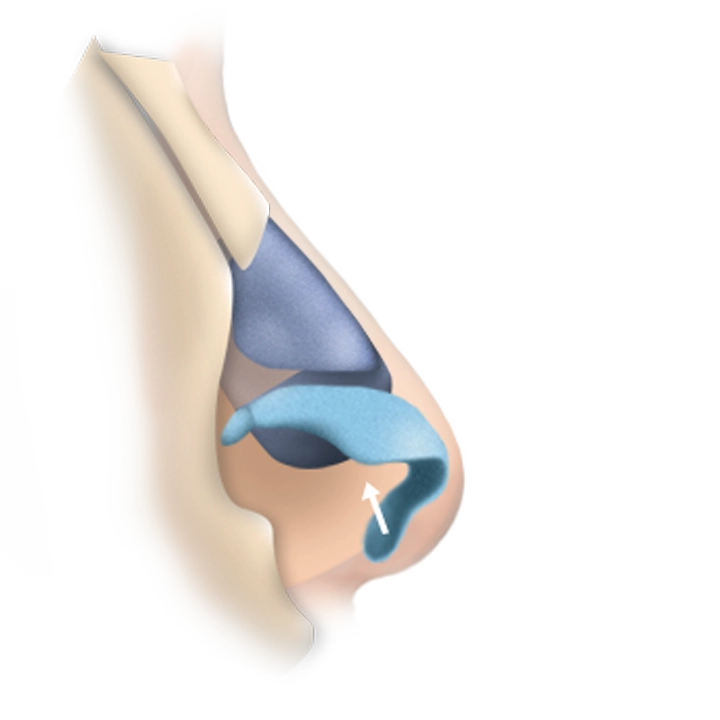
Before
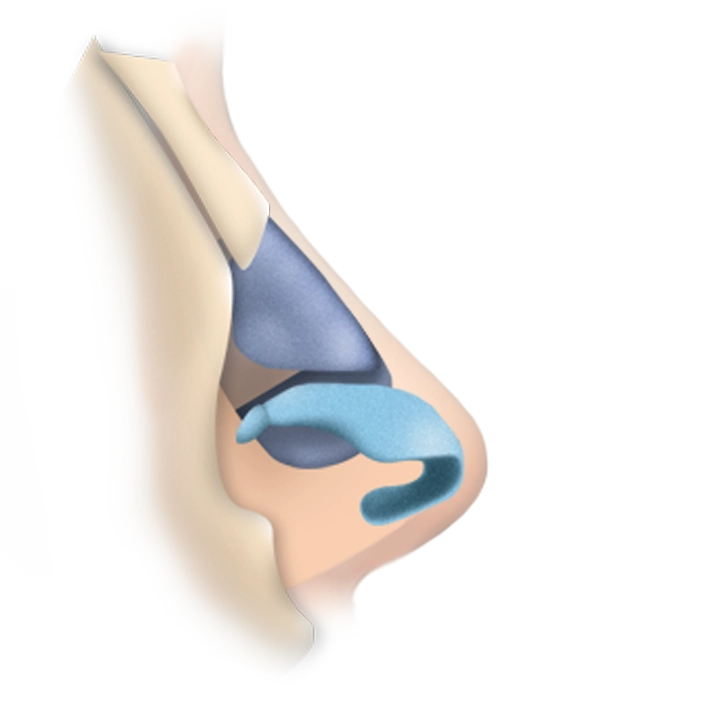
After
Case
03
Alar Base Lifting
giving the appearance of an upturned nose. In such cases,
internal incisions are made to lift and secure the alar base, correcting the upturned appearance.
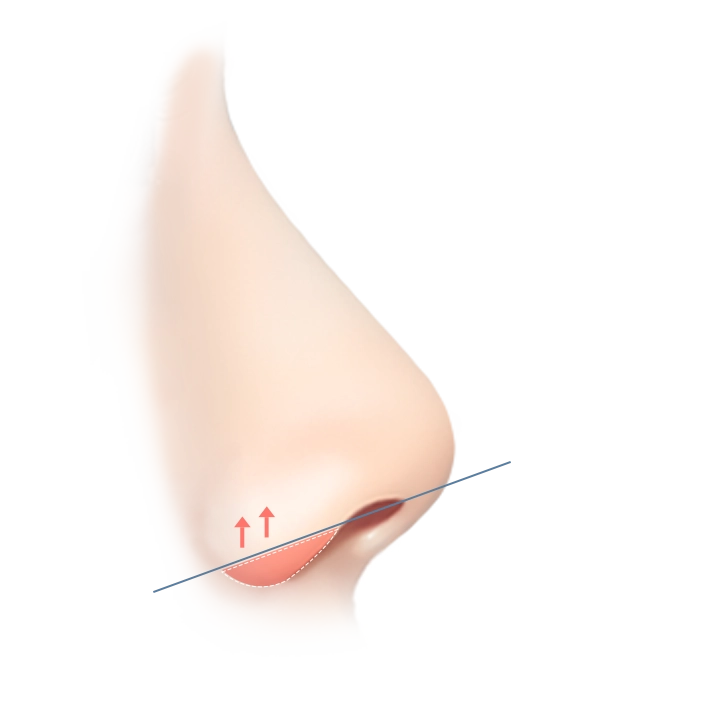
Before
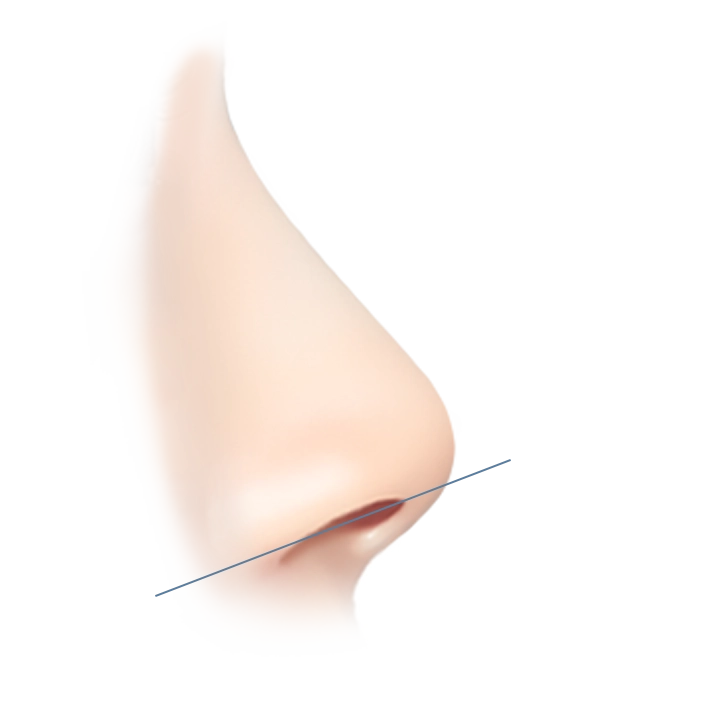
After
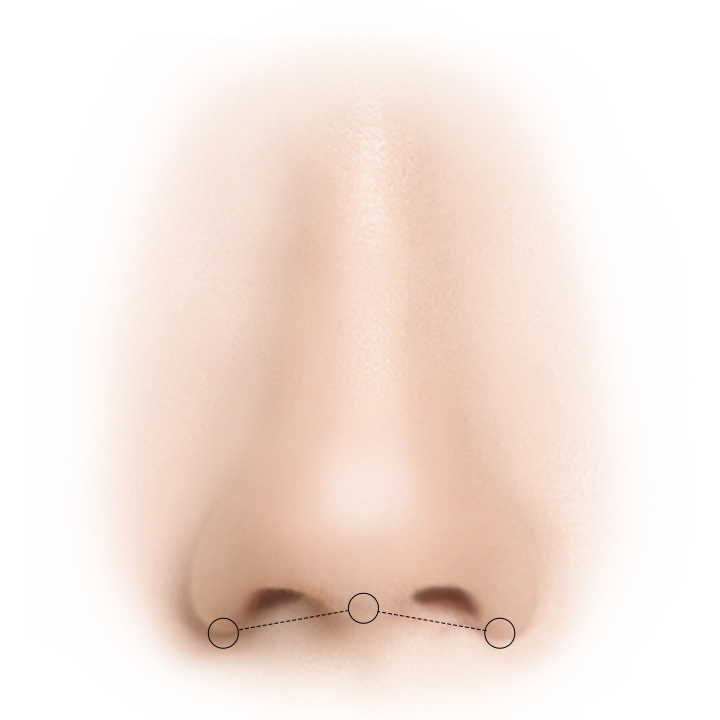
Before
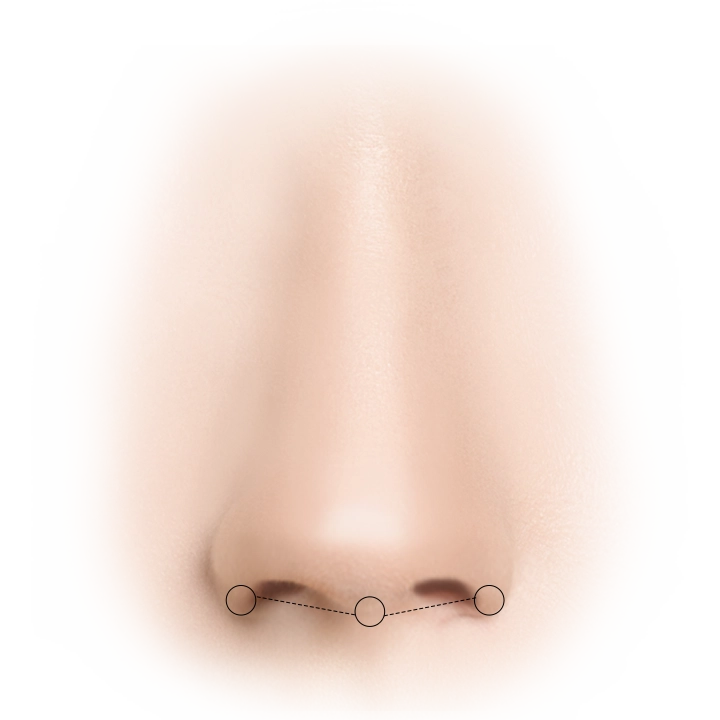
After
Before and After Photos of
Nose Types and Rhinoplasty
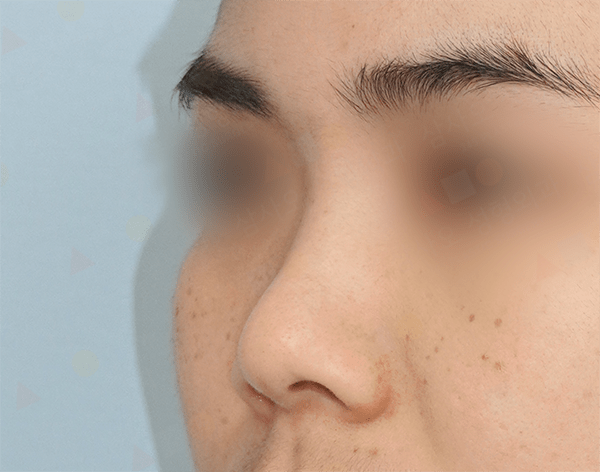
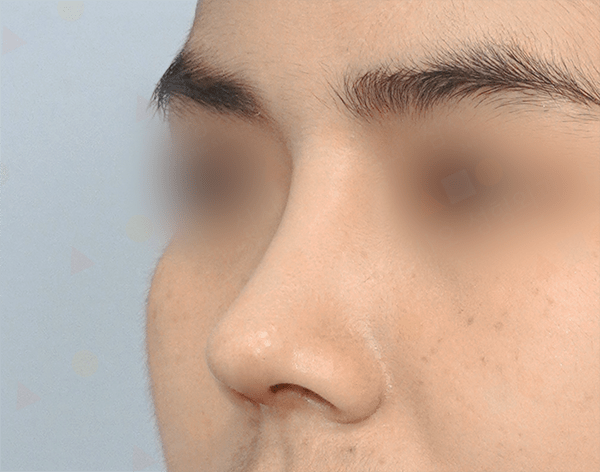


Nose Plastic Surgery info
Quick Overview of
Short and Upturned Nose Rhinoplasty
At 345 Plastic Surgery, we perform short nose and upturned nose correction to create natural nasal lines based on extensive clinical experience and surgical expertise.

Surgery Time
1 hour 30 minutes – 2 hours

Anesthesia
Sedation
Hospital Stay
Same-day discharge
Follow-Up Visits
3 visits
Recovery
1 week
Recommended target
Recommended for
these individuals
Are you concerned about surgery?
Feel free to inquire!
01
First, Flat Facial Impression
For those whose short nose makes the face look flat.
02
Second, Congenital Short Nose
For those born with a short nose and visible nostrils.
03
Third, Previously Operated Nose
For those who had previous short nose correction but are unsatisfied.
04
Fourth, Post-Surgical Upturned Nose
For those with upturned noses due to scarring from multiple surgeries.
Frequently Asked Questions
About Rhinoplasty
Is implant-free revision surgery possible for contracted nose cases?
Contracture is often caused by inflammation from implants like silicone or Gore-Tex. In revision surgery, it is recommended to avoid reusing implants. If contracture is implant-related, the standard is to remove the implant and perform the surgery without it.
Is implant-free rhinoplasty possible for everyone?
Whether or not to use an implant is a matter of choice. However, there may be limitations to how much the nasal bridge can be raised without an implant, which will be explained during consultation. If the nasal bridge is of average height, enhancing the nasal tip can make the nose stand out, making implant-free rhinoplasty a viable option.
Why does nasal tip drooping occur after rhinoplasty?
Since the implant is supported by the underlying bone, collapse of the nasal bridge is rare. However, if the nasal tip is lower than the bridge, it may appear as tip drooping. If the patient is prone to tip drooping, adjusting the bridge height or using supportive materials can minimize the risk. However, due to the constant pull of gravity, tip drooping may occur over 10 to 20 years as ligaments and surrounding tissues loosen with aging. Even without surgery, the nose naturally droops over time due to aging.